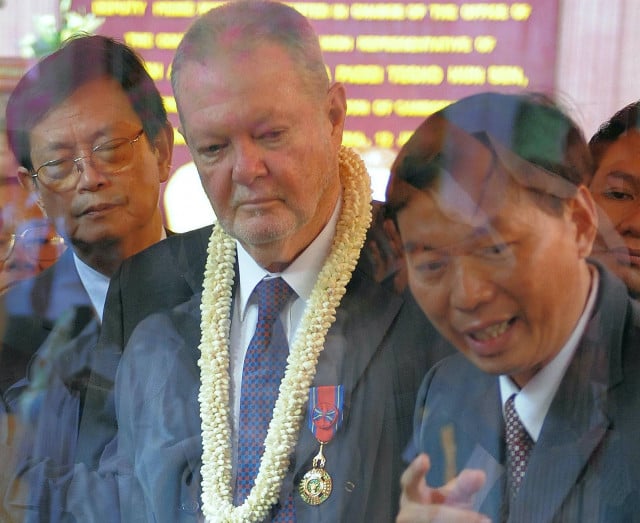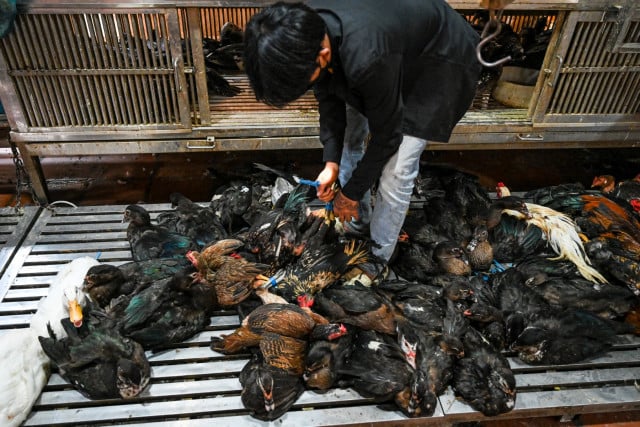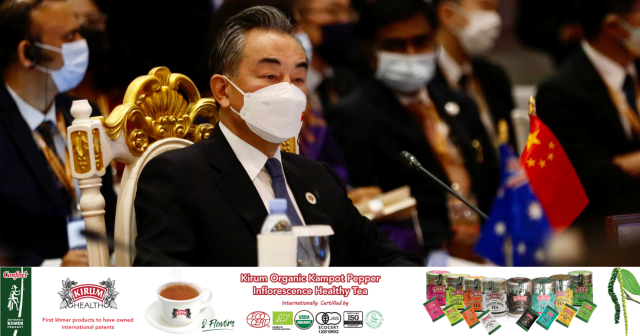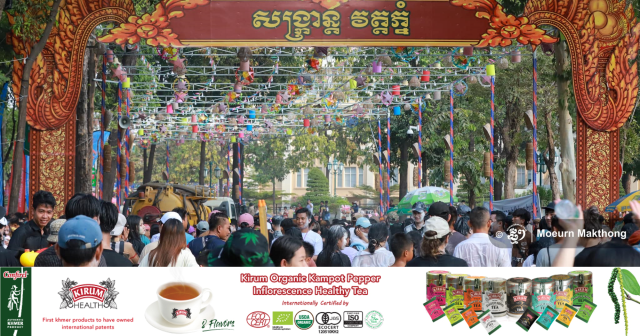Douglas Latchford, Angkorian Art “Collector” of Dubious Tactics, Passes Away

- Michelle Vachon
- August 11, 2020 1:38 PM
He was repeatedly identified as involved in illegal Khmer antiquity trade
PHNOM PENH--Douglas Latchford, whose alleged involvement in the illegal sale of Angkor-era antiquities has been the object of investigations for more than a decade, passed away on Aug. 2 in Bangkok, Thailand.
According to an article in The Art Newspaper published on Aug. 10, his family held a private funeral.
Latchford, who was 89 years old, was suspected of having acquired Angkorian artifacts through Cambodian and Thai smugglers as far back as the 1950s or 1960s. He would sell them with dubious provenance documents to museums and private collectors throughout the world.
In November 2019, Latchford was charged by the United States Attorney’s Office for the Southern District of New York for falsifying invoices and other documents to sell artifacts to museums, auction houses and art dealers.
“As alleged, Latchford built a career out of the smuggling and illicit sale of priceless Cambodian antiquities, often straight from archeological sites, in the international art market,” US Attorney Geoffrey Berman said, according to a press release.
“Latchford has been described as a one-man supply-and-demand for Cambodian art for the last half-century,” Tess Davis, executive director of the Antiquities Coalition and an expert on Cambodian cultural heritage law, told The Art Newspaper in January 2020. “If I were a museum curator, I would check every Cambodian piece acquired after 1965 just to be safe; that’s how prolific he was.”
Seeking Credibility or Exoneration?
Still, over the last two decades, Latchford showed his support of the National Museum in Phnom Penh. In 2008, he gave two gold royal regalia believed to date from the 12th or 13th centuries: two gold-and-crystal sets he handed over during a ceremony at the museum held under the presidency of the late Cabinet Minister Sok An.
And in the late 2000s, Latchford spearheaded an effort to fund the rewiring of the National Museum: He and 21 other donors paid to overhaul the electrical wiring in the 1920s building whose exposed wires had become a hazard and were generating insufficient lighting to properly display the artifacts.
Latchford, who was British, had lived in Thailand since the early 1950s. Successful in business in Bangkok, he also ran body-building competitions.
As Latchford had explained in an interview a few years ago, he had become interested in Angkorian art and artifacts in the 1950s and 1960s when there hardly was any interest in museums or in the art world for Cambodia’s works of that era.
But over the last decades, attitudes and laws have greatly changed regarding countries’ antiquities that had ended up in western museums and private collections, and Latchford’s ways of acquiring Angkorian works became the object of several investigations.
In the midst of this, Latchford authored a book with Emma Bunker—at the time a research consultant to the Asian Art Department of the Denver Art Museum in the United States—a book mainly featuring Angkorian-era artworks, which had never been seen, which were mainly in private collections and whose owners were not identified.
From the very first pages of “Adoration and Glory, The Golden Age of Khmer Art,” Bunker and Latchford preempted any criticism that experts may venture to make about the book. In the second paragraph of their Authors’ Preface, they said that it would be “irresponsible” to dispute a sculpture whose origins cannot be traced or are not being revealed, or an artwork that does not have the typical Angkorian-art characteristics.
Angkorian-art experts contacted in France, the United States and Cambodia questioned the authenticity of the works featured in the book, which had been written to establish the artworks’ credibility.
In December 2016, Bunker and Latchford were identified as Co-Conspirator No. 1 and Co-Conspirator No. 2 without mentioning their names, accused of helping a gallery owner in New York City falsify documentary history of Cambodian antiquities in a court case in the United States, according to a story in The New York Times on March 30, 2017.
During interviews, Latchford did not deny or admit any wrongdoing. He also did not display in his home his Angkorian art collection, which was believed to be considerable.
He was based in Bangkok most of his life.















